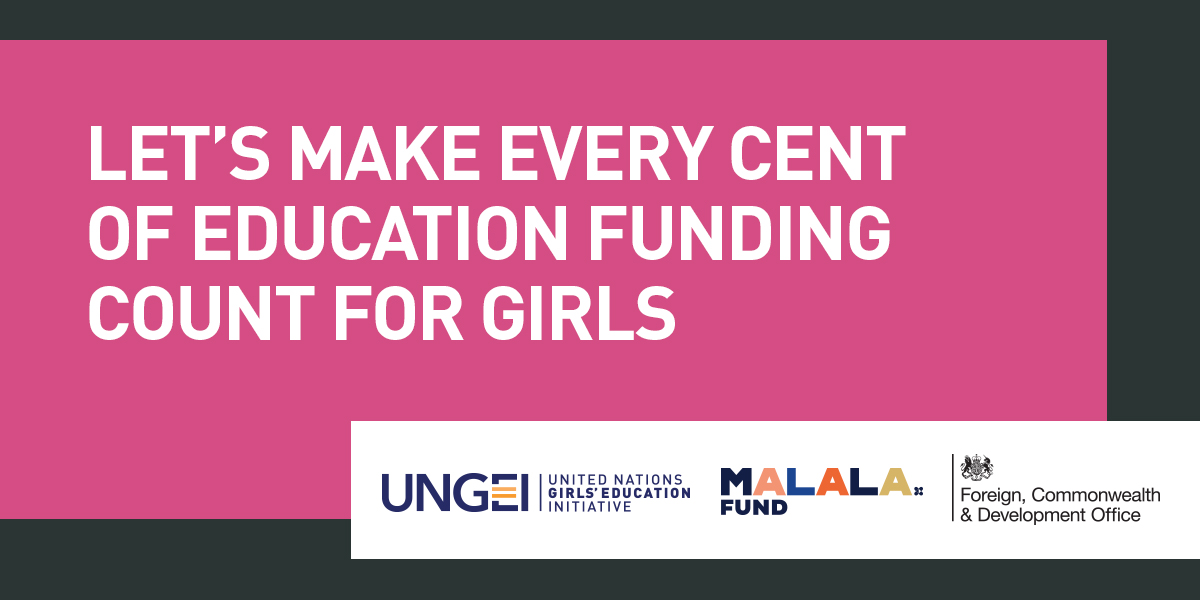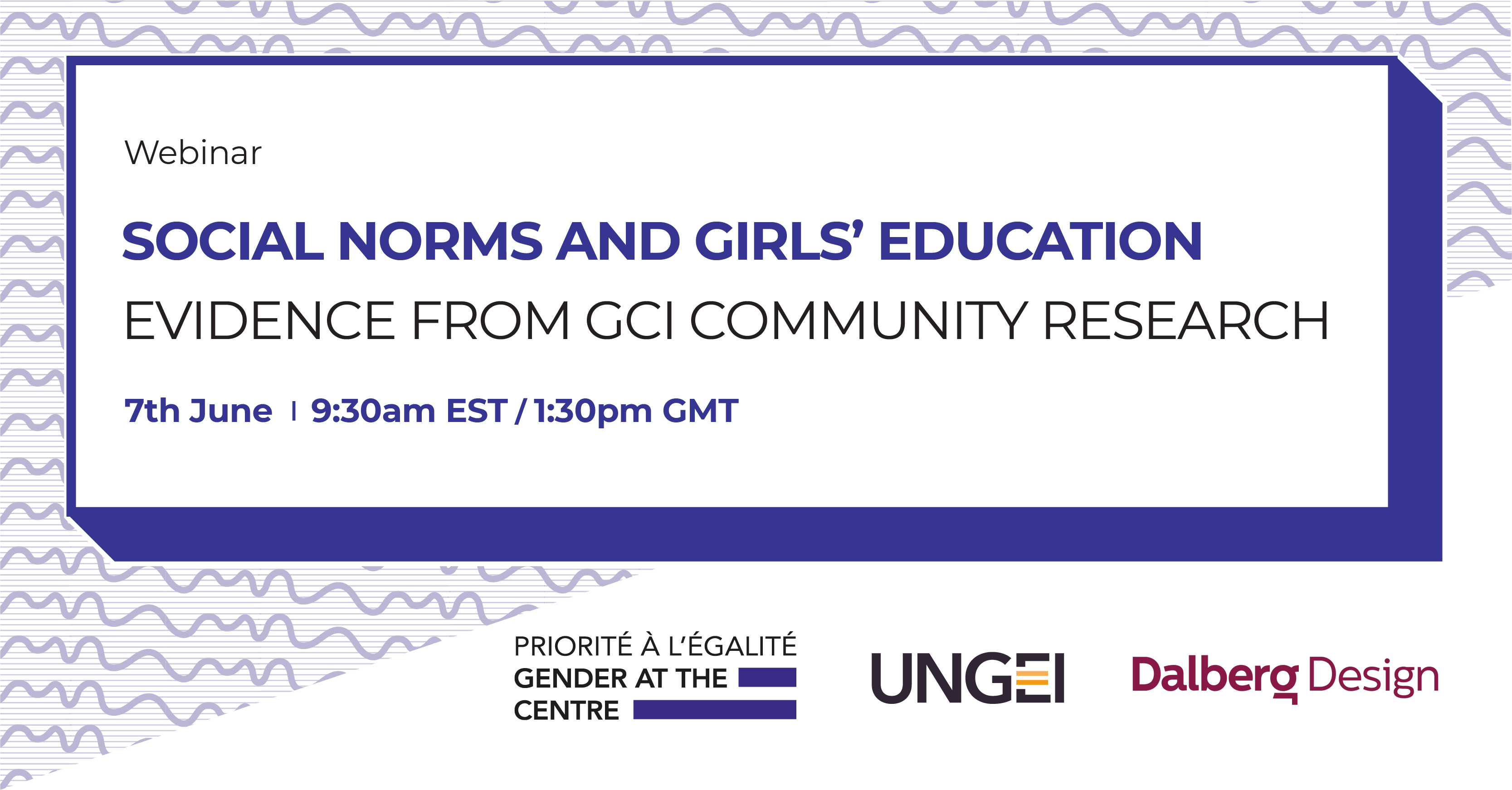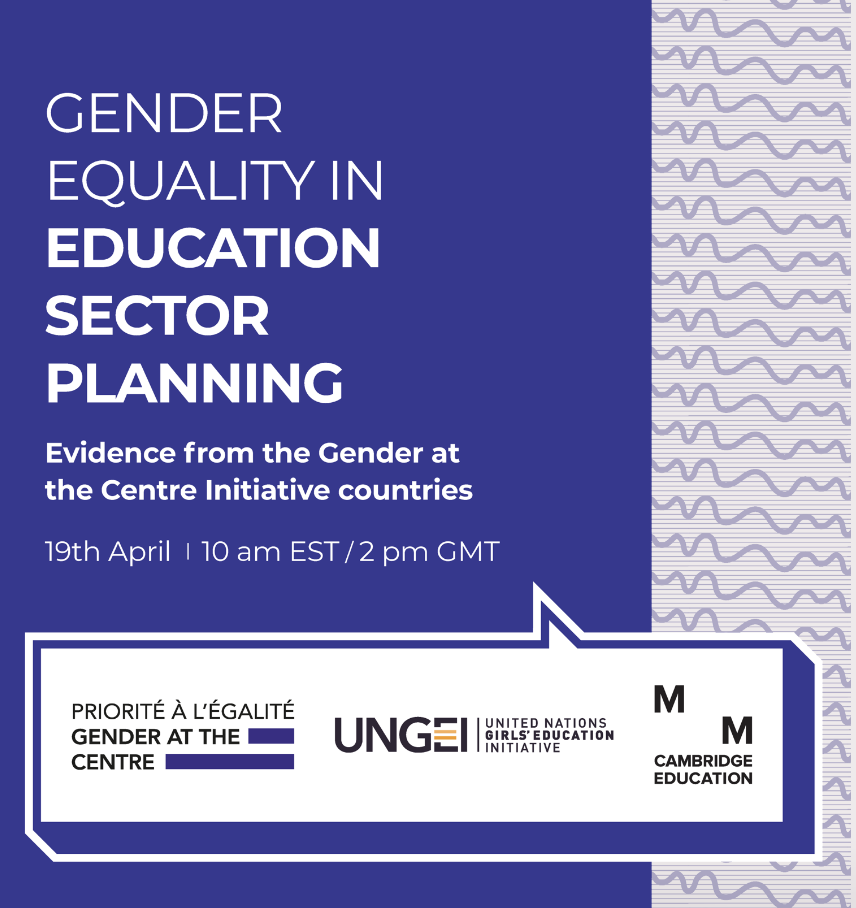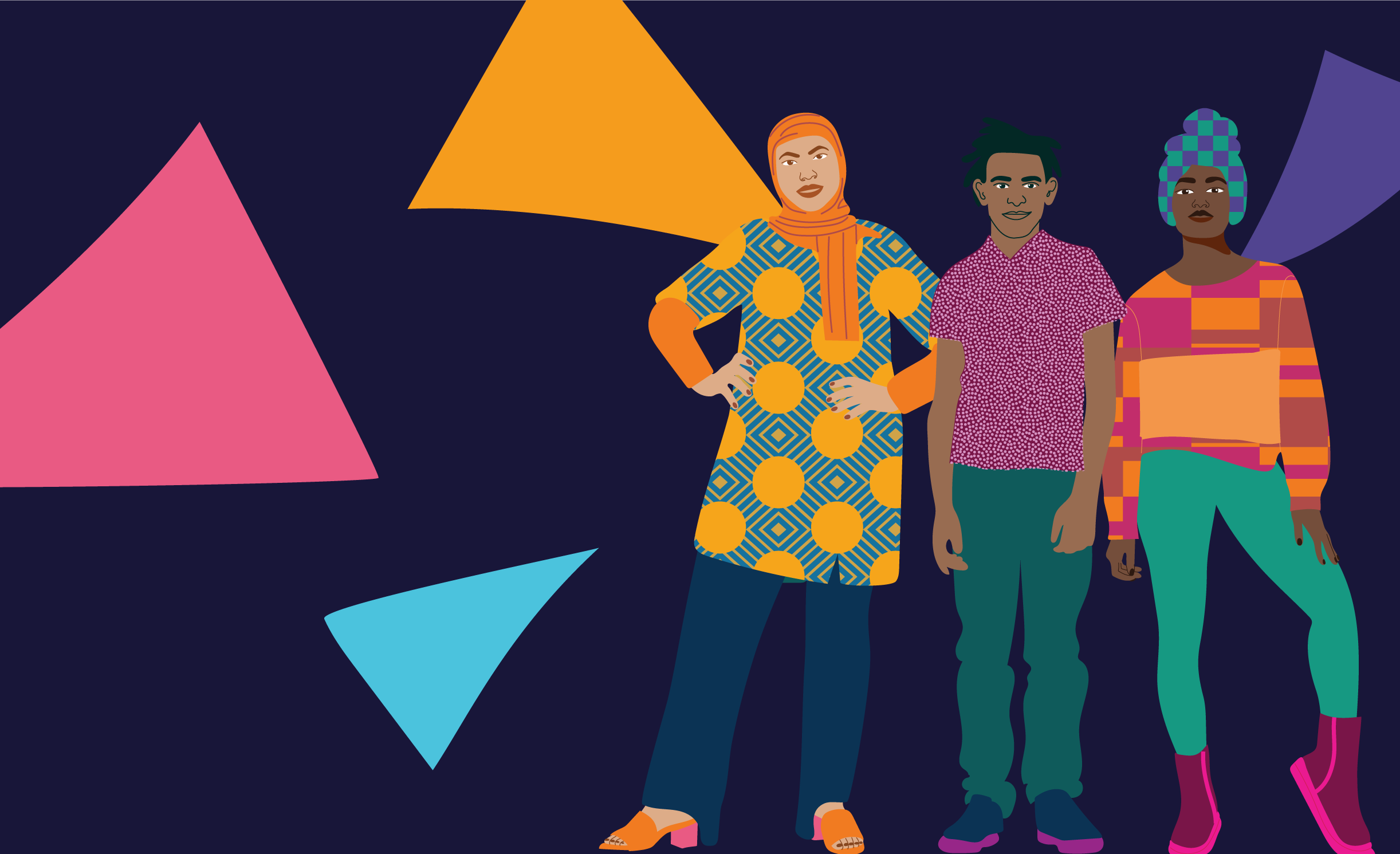Even before the COVID-19 pandemic swept through the world, 129 million girls were out of school. Now, many millions more have experienced a hiatus to learning due to the crisis. Tragically, for some this will represent the end of their education altogether.
Along with school closures, governments across the world brought in nationwide lockdown measures to prevent the spread of COVID-19, bringing economies to near-standstill. At the time of writing, it seems inevitable that the pandemic will only intensify the pressure on education budgets. Now more than ever, it is imperative to ensure that the scarce resources available for education are well-spent.
Determining how to make every cent of education funding work for girls was the original motivation for Malala Fund and the UN Girls’ Education Initiative’s joint research project. Through our work, we have found that spending better for girls’ education requires a conscious focus on leveraging domestic financing towards gender equality in education and basing decisions on strong cost-effectiveness evidence.
Based on a desk review and two case studies, the research highlights two promising, yet underutilized tools to allocate resources equitably, effectively and efficiently for girls’ education. The findings set out in this research report and advocacy brief, could not be more timely. As we look back on a year when almost every country in the world rushed to close schools to control the pandemic, policy makers now face hard choices as they wrestle with the challenge of bringing learners back to school safely and minimise learning losses.

The unprecedented disruption to education has also been widely recognized as an opportunity to change the status quo and introduce new, gender-responsive measures to transform our education systems. Pre-existing gender inequalities have been intensified by the crisis: in unequal access to digital learning, in the burden of unpaid care, and in the ability to stay safe and healthy. As governments adjust their budgets to deal with the crisis and look towards recovery strategies, they must be aware of the different implications their decisions will have on girls and boys, and seek to redress these inequalities.
Recognition of the different effects of education spending on girls and boys is the foundation of gender-responsive public expenditure management (GRPEM), explored in the report. Spending must be oriented to redress imbalances, improving gender-sensitivity in how funds are allocated and accounted for. Post-pandemic, public expenditure discussions must be informed by an understanding of the impact the interruption of school will have on more vulnerable girls, with impacts ranging from lost learning and an increase in dropout rates to a potential spike in early pregnancies.
Incorporating the principles behind cost-effectiveness also enables government and civil society to make informed choices around which programmes and interventions to support with limited financing. This tool may be especially useful when considering the scaling of pilot programmes needed to respond to the crisis, for example around providing learning catch-up or psycho-social support for girls.
The Spending Better for Gender Equality in Education research report and advocacy brief provide important recommendations for the different actors supporting better financing for gender equality in education. As governments, civil society and development partners build their crisis recovery plans, they are also shaping the long-term prospects of girls and boys. We hope the champions fighting on the ground to open up learning alternatives to the most marginalized children find the tools and principles in these documents useful, while we call for all actors to keep their focus on gender equality in education during this challenging time.



 English
English العربية
العربية Български
Български Hrvatski
Hrvatski Čeština
Čeština Dansk
Dansk Nederlands
Nederlands Suomi
Suomi Français
Français Deutsch
Deutsch Ελληνικά
Ελληνικά हिन्दी
हिन्दी Italiano
Italiano Română
Română Русский
Русский Español
Español Maltese
Maltese Zulu
Zulu አማርኛ
አማርኛ